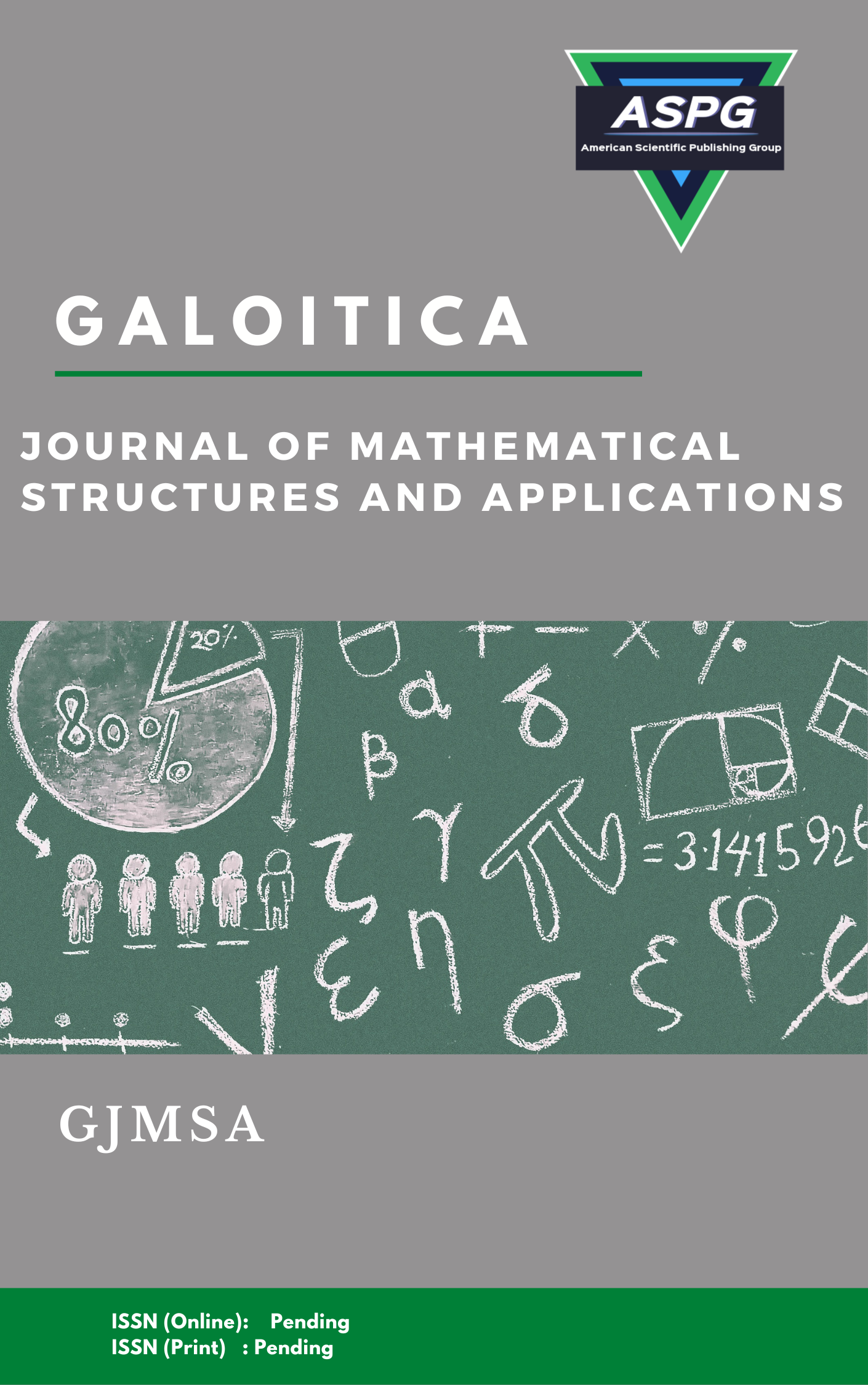

Volume 10 , Issue 2 , PP: 19-26, 2024 | Cite this article as | XML | Html | PDF | Full Length Article
Ahmed R. Khlefha 1 *
Doi: https://doi.org/10.54216/GJMSA.0100202
This article presents the development of families of approaches for numerically solving singularly perturbed two-point boundary-value problems using exponential spline functions. The proposed approaches exhibit second-order and fourth-order accuracy and are suitable for both singular and non-singular problem scenarios. Numerical data are presented to demonstrate the efficacy of our methodologies and are compared with those proposed by various writers.
Exponential spline functions , boundary value problems, absolute errors , Convergence Analysis.
[1] El-Zahar ER, El-Kabeir SMM. A new method for solving singularly perturbed boundary value problems. Applied Mathematics & Information Sciences 2013;7:927.
[2] Phaneendra K, Emineni SP. Variable mesh non polynomial spline method for singular perturbation problems exhibiting twin layers. Journal of Physics: Conference Series, vol. 1344, IOP Publishing; 2019, p. 12011.
[3] Ali KK, Hadhoud AR, Shaalan MA. Numerical study of self-adjoint singularly perturbed two-point boundary value problems using collocation method with error estimation. Journal of Ocean Engineering and Science 2018;3:237–43.
[4] Rashidinia J, Mohammadi R, Moatamedoshariati SH. Quintic spline methods for the solution of singularly perturbed boundary-value problems. International Journal for Computational Methods in Engineering Science and Mechanics 2010;11:247–57.
[5] Ranjan R, Prasad HS. A novel exponentially fitted finite difference method for a class of 2nd order singularly perturbed boundary value problems with a simple turning point exhibiting twin boundary layers. Journal of Ambient Intelligence and Humanized Computing 2022;13:4207–21.
[6] Ranjan R, Prasad HS. A novel approach for the numerical approximation to the solution of singularly perturbed differential-difference equations with small shifts. Journal of Applied Mathematics and Computing 2021;65:403–27.
[7] Ahmed S, Jahan S, Ansari KJ, Shah K, Abdeljawad T. Wavelets collocation method for singularly perturbed differential–difference equations arising in control system. Results in Applied Mathematics 2024;21:100415.
[8] Rao SCS, Kumar M. Optimal B-spline collocation method for self-adjoint singularly perturbed boundary value problems. Applied Mathematics and Computation 2007;188:749–61.
[9] Ayalew M, Kiltu GG, Duressa GF. Fitted numerical scheme for second-order singularly perturbed differential-difference equations with mixed shifts. Abstract and Applied Analysis, vol. 2021, Hindawi Limited; 2021, p. 1–11.
[10] Gebeyaw W, Andargie A, Adamu G. Solving second order singularly perturbed delay differential equations with layer behavior via initial value method. Journal of Applied Mathematics & Informatics 2018;36:331–48.
[11] Rashidinia J, Mahmoodi Z. Non-polynomial spline solution of a singularly perturbed boundary-value problems. Int J Contemp Math Sciences 2007;2:1581–6.